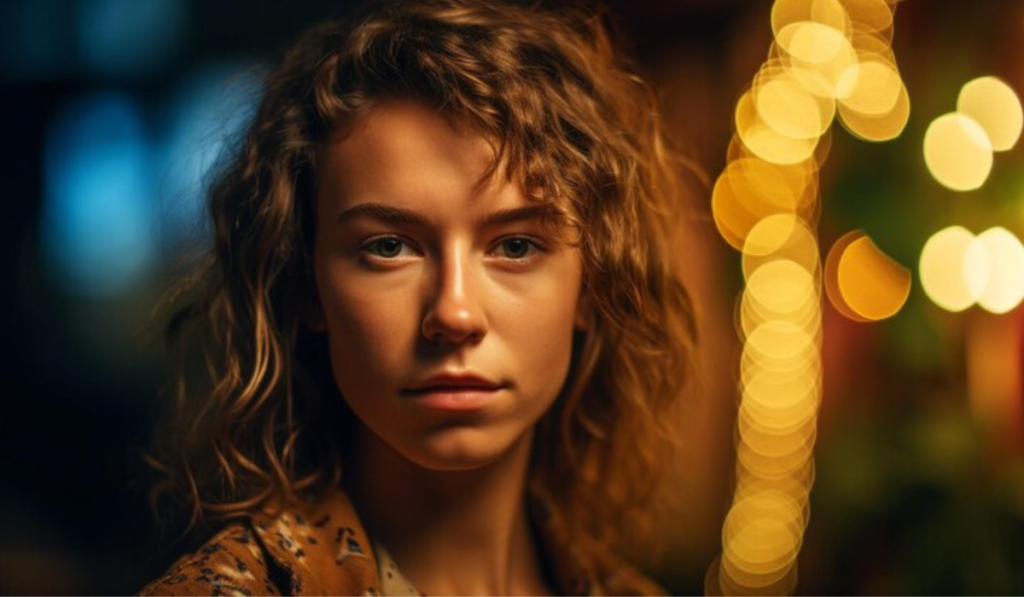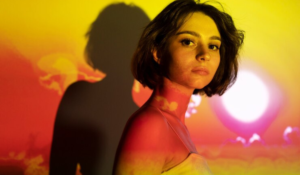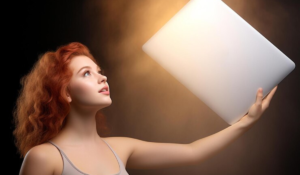What is Butterfly Lighting and How to Use It for Portrait Photos

Photographers have used butterfly lighting for decades as a classic and flattering portrait lighting technique. Our comprehensive guide explains what butterfly lighting is, its origins and popularity, how to use it for portraits, its characteristics and effects, the equipment you’ll need, and some final thoughts on mastering it.
Butterfly Lighting definition:
A butterfly lighting technique involves placing the main light directly above and in front of the subject’s face and the camera, creating a distinctive butterfly-shaped shadow under the nose. Hollywood glamour photography gives it the name “Paramount lighting”.
Popularity and origin:
Since the 1930s, butterfly lighting has been popularized by directors like Josef von Sternberg and stars like Marlene Dietrich. Because of its ability to slim the face and accentuate facial features, it is still a favorite among photographers today.
Uses and benefits:
Butterfly lighting is favored for its versatility, ease of setup, and natural appearance. It’s perfect for fashion close-ups, beauty shots, and portraits of any kind. Photographers who want to capture striking and elegant portraits often use it because of its flattering effect on the face, highlighting cheekbones and slimming features.
Butterfly Lighting Setup:
Butterfly lighting can be easily set up. In order to control the quality of the light, you’ll need a single light source positioned directly above the subject. Shadows and catchlights in the eyes can be filled in with reflectors. You can achieve the desired portrait look by experimenting with positioning and modifiers.
A variety of options and flexibility are available:
In addition to being used for close-up portraits, butterfly lighting can also be used for a variety of compositions and subjects. In addition to offering versatility in framing and style, butterfly lighting is suitable for shooting headshots and full-length portraits. Portraits can be further enhanced by adding additional lights for background separation or hair lighting.
The following considerations and challenges need to be addressed:
Butterfly lighting can enhance portraits, but attention to detail is essential to avoid harsh shadows and unflattering lighting. Makeup and post-processing techniques must be carefully considered when enhancing skin imperfections. You will be able to overcome these challenges and achieve optimal results through practice and experimentation.
The Practice and Mastery Process:
The art of butterfly lighting takes practice and patience, just like any other photography technique. By experimenting with different setups, modifiers, and subjects, you can refine your skills and develop your own style. Make mistakes and learn from them – this is all part of becoming an expert portrait photographer.
My final thoughts are as follows:
Despite its timeless elegance and flattering effects, butterfly lighting remains a staple in portrait photography. Whether you’re a beginner or an experienced photographer, mastering this technique will elevate your portraits. You can capture captivating and memorable images that showcase a subject’s beauty and personality with the right equipment, setup, and practice.



